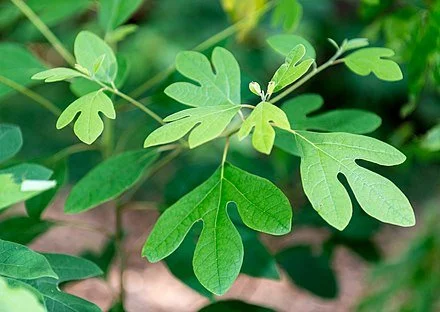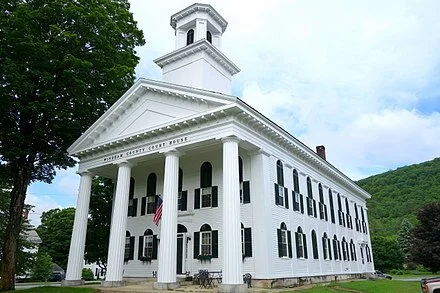Pea flowers in spring
The crop
“All gardening is an act of faith, but in no work in the garden is the chasm that faith must leap wider or deeper than in planting peas. In the North, where peas grow best, they are planted in April, which around here is called a spring month only out of courtesy to the equinox, much as you might call a mean, stingy and detested family acquaintance ‘Uncle’ Adolf.’’’
-- From Spring Snow: The Seasons of New England: from the Old Farmer's Almanac, by Castle Freeman Jr., a fiction and nonfiction writer who has lived in Newfane, Vt., since 1975
Newfane has good soil for cultivation in the valleys, and for grazing livestock on its hills, while its streams once provided water power for mills. And so by 1859 industries included makers of leather products and linseed oil, as well as two flour mills, two lumber mills and a carriage factory. So Newfane became prosperous during the 19th Century, when many buildings with Federal, Greek Revival and Victorian architecture went up, helping make it a tourist destination and favorite place for photographers since then.
The town’s natural and manmade beauty has drawn numerous well-known people who have made it their weekend/vacation abode (and help spawn some fancy restaurants and inns in the area). Perhaps the best know Newfane celeb was economist, writer and frequent TV talking head the late John Kenneth Galbraith.
When fellow famed economist the late Milton Friedman was asked what he thought of Galbraith as an economist, he answered: “Well, he’s the tallest economist I know.’’
Windham County Courthouse, in Newfane.


















